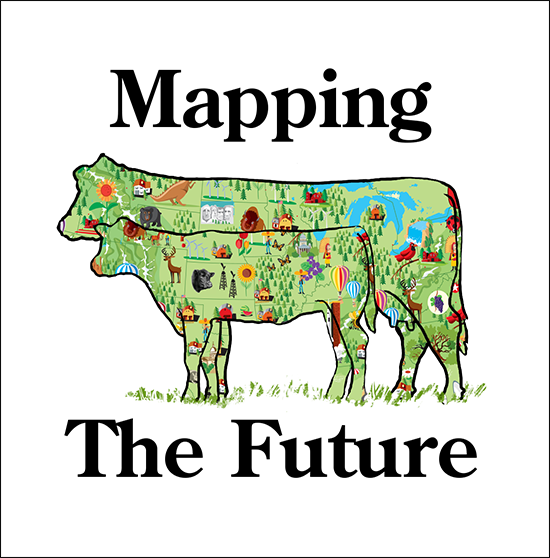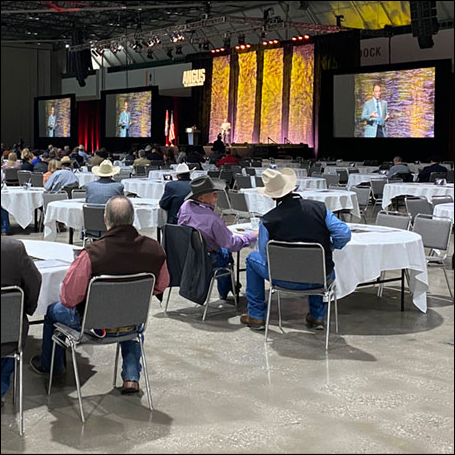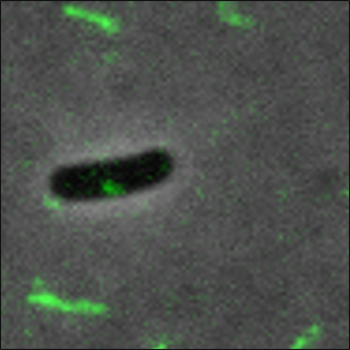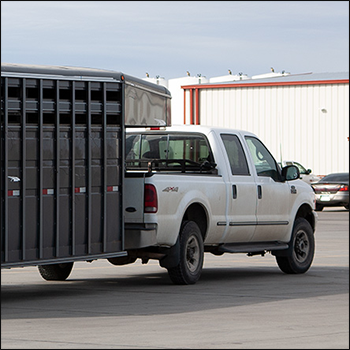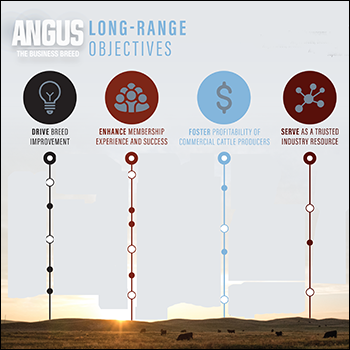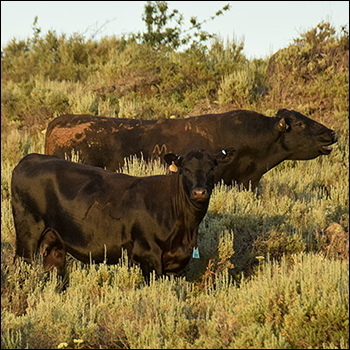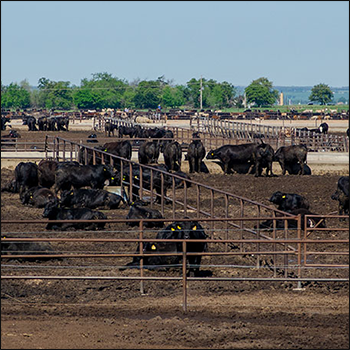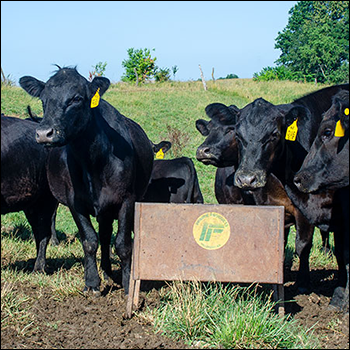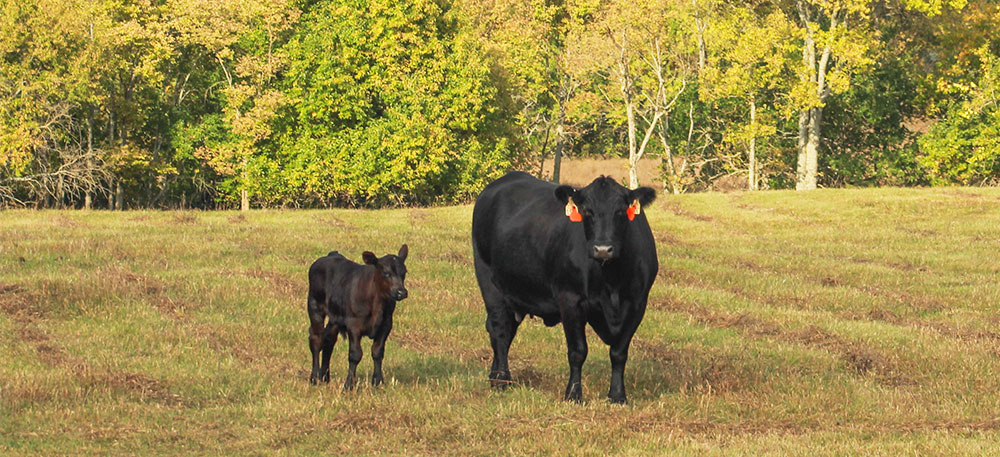
Three Herd Health Factors Affected by Pasture
Managing pasture properly improves your herd’s health and performance.
“A good grazing management program is just as important as a good vaccine program, a good feed program and a good mineral program, yet is overlooked,” warned Jeff Clark, market development specialist with Corteva Agriscience. Clark spoke about three aspects of herd health — toxic weeds, toxic forages and parasites — in the virtual Learning Lounge as part of the 137th Angus Annual Meeting in 2020.
Toxic weeds While he addressed poison hemlock, nightshade, white snake root and buttercup, he focused on perilla mint.
Most prevalent in pastures in June through August, perilla mint causes severe respiratory issues and lung damage. It contains ketones, which cause acute respiratory disease syndrome (ARDS), also called panting disease, in cattle. It hits especially hard calves being backgrounded or unweaned grazing calves. It doesn’t take much ingestion of the mint to cause acute distress or death.
The mint causes fluid to accumulate in lungs, causing lower oxygen levels and shortness of breath. Death can occur in as little as 45 minutes, and treatment is often ineffective, so preventing ingestion is imperative.
“Perilla mint is the No. 1 plant that causes livestock deaths,” Clark said.
If you find mint in your pasture (see https://bit.ly/pmintimages for images), he recommended taking cattle off of that pasture, spraying it with herbicide, and waiting until the mint is “brown and down” before letting cattle back in that pasture. Don’t let cattle back in too early, he warned, because the mint releases more toxins in an effort to survive. It is more attractive to cattle because it releases more scent, but it’s most toxic to cattle while it’s dying.
Unfortunately, mint is still toxic if baled, so it is best to identify this weed and take care of it early.
Toxic forage Fescue has a fungal endophyte that produces alkaloids — 80% of which are in the seedhead. Once consumed, those alkaloids bind to blood vesicles and make thermoregulation difficult. So, by eating “hot fescue,” calves just can’t cool down.
Clark shared data from a study looking at the effect of toxicosis when 70% or more of a pasture contained fescue. Pregnancy rates decreased by 15%-40%; milk production decreased by 25%; weaning weights decreased by 65-85 pounds (lb.); time spent grazing decreased by 20%; forage intake decreased by 25%-40%; average daily gain decreased by 0.3-1.2 lb. per day; water usage increased by 25%; and body temperatures were 1°-4° higher than normal.
The best time to control fescue is at the flag leaf stage, he said. As a rule of thumb, start scouting for it April 1. If sprayed at the flag leaf stage, it leaves the forage in grazing state, but without the toxic seedhead. Once the seedhead emerges, only mechanical mitigation — mowing — remains.
Fescue is also toxic to horses, and negative effects are almost exclusively related to reproduction.
Parasites Parasites become an issue when pastures are overgrazed. Cattle eat the first 4 inches of grass growth, where parasite larvae wait to be ingested. The larvae hatch quickly and worms will be in the abomasum in just four days. Then eggs pass in feces and reach the infective stage in about two weeks, Clark explained.
Heavy infestations of parasites can result in death before clinical signs appear, he emphasized. Other signs include progressive weight loss, weakness, rough coat and anorexia.
“We have a lot of dewormers out there, and they should be used, but using dewormers constantly can cause resistance within some parasites,” he said. “All we have to do is change how we manage our pasture.”
Clark recommended rotational grazing, as well as interseeding more grasses and legumes. He also warned against grazing too close to the ground surface to prevent dust inhalation that can cause pneumonia.
To watch the Learning Lounge session, visit http://www.angusconvention.com/learning-lounge.html. For comprehensive coverage of the Angus Convention, go to http://www.angus.org/Media/News/AngusConvention.aspx. For information on pasture management products offered by Corteva, visit https://www.corteva.us/products-and-solutions/pasture-management.html.
Editor’s note: Photo by Brett Spader.
